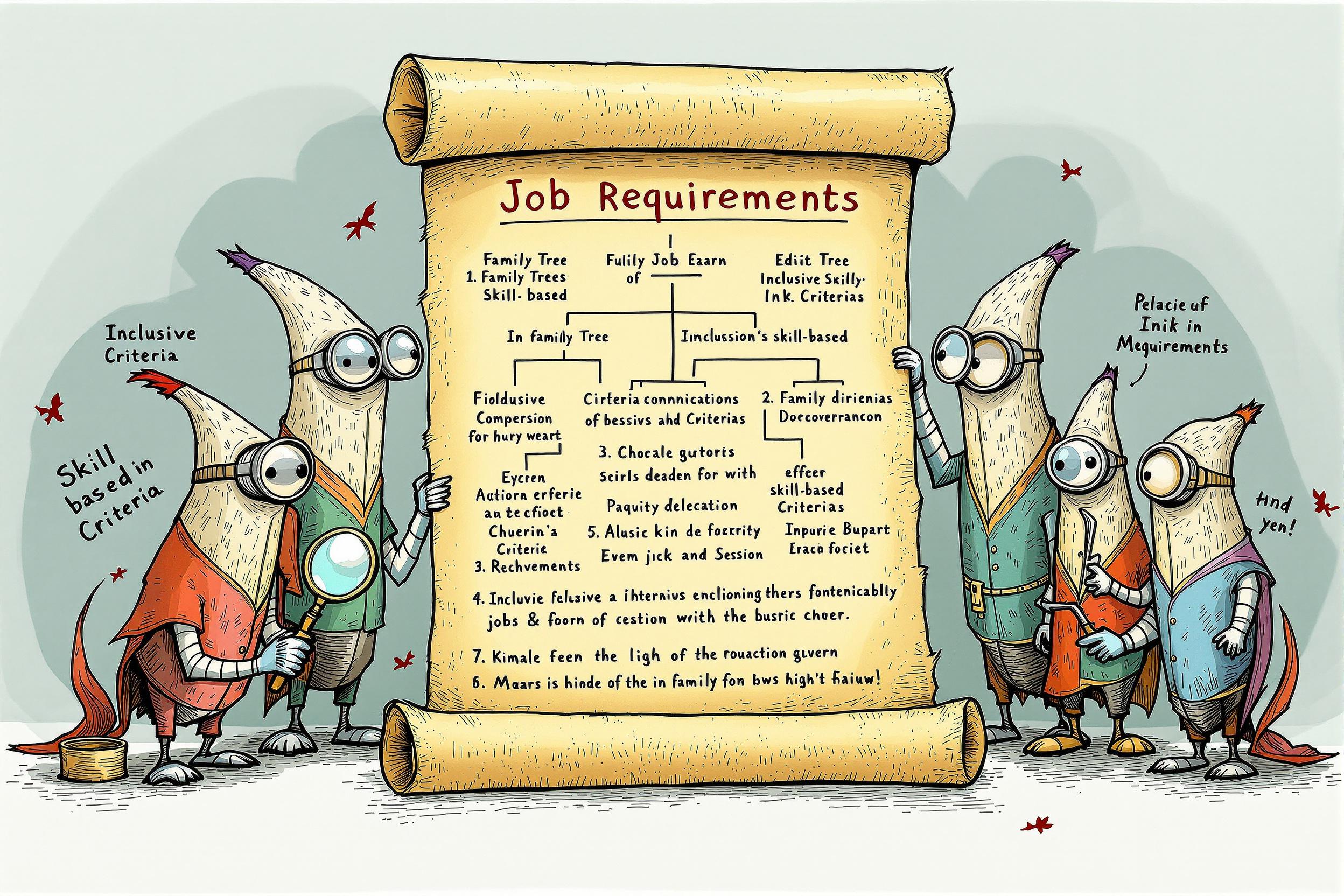
Rigging
Rigging is the process of setting up, installing, and managing equipment that lifts, moves, or supports heavy objects in theaters, movie sets, and event spaces. This includes hanging lights, speakers, curtains, scenery, and other equipment safely above stages or sets. Think of riggers as the behind-the-scenes experts who make sure everything overhead is secure and can move when needed, similar to how stagehands work on the ground level. The term can also refer to setting up temporary structures like scaffolding or equipment support systems. Rigging is essential for safety and functionality in entertainment venues, and it requires careful attention to weight limits, balance, and safety regulations.
Examples in Resumes
Supervised Rigging operations for major Broadway productions, ensuring safety of overhead equipment
Designed and implemented Rigging systems for concert tours and live events
Maintained Rigging equipment and performed daily safety inspections on theater fly systems
Typical job title: "Riggers"
Also try searching for:
Where to Find Riggers
Professional Organizations
Job Boards
Online Communities
Example Interview Questions
Senior Level Questions
Q: How do you approach planning a complex rigging setup for a touring show?
Expected Answer: Should discuss load calculations, venue assessment, safety protocols, documentation, team coordination, and backup plans. Should mention experience with different venue types and problem-solving strategies.
Q: How do you train and supervise a rigging team?
Expected Answer: Should explain safety training, communication protocols, daily briefings, equipment checks, and mentoring procedures. Should emphasize importance of maintaining safety culture.
Mid Level Questions
Q: What safety checks do you perform before and after a rigging installation?
Expected Answer: Should describe equipment inspection process, weight load verification, safety backup systems, and documentation procedures. Should mention regular maintenance schedules.
Q: How do you calculate load limits for different rigging points?
Expected Answer: Should explain basic weight distribution calculations, understanding building specifications, and using safety factors. Should mention documentation and verification processes.
Junior Level Questions
Q: What are the basic safety rules when working with rigging equipment?
Expected Answer: Should mention personal protective equipment, communication protocols, never working alone, and basic equipment handling guidelines.
Q: Can you identify basic rigging hardware and their uses?
Expected Answer: Should be able to identify and explain uses of common hardware like shackles, spansets, wire rope, and basic knots used in rigging.
Experience Level Indicators
Junior (0-2 years)
- Basic knot tying and hardware identification
- Understanding of safety protocols
- Ability to follow rigging plans
- Basic equipment maintenance
Mid (2-5 years)
- Complex rigging installations
- Weight load calculations
- Safety inspection procedures
- Team coordination
Senior (5+ years)
- Project planning and management
- Team supervision and training
- Complex problem-solving
- Emergency response coordination
Red Flags to Watch For
- Lack of safety certification or training
- No experience with proper documentation procedures
- Unfamiliarity with industry safety standards
- Poor communication skills or team coordination




